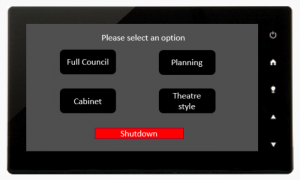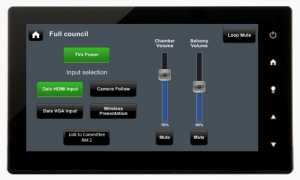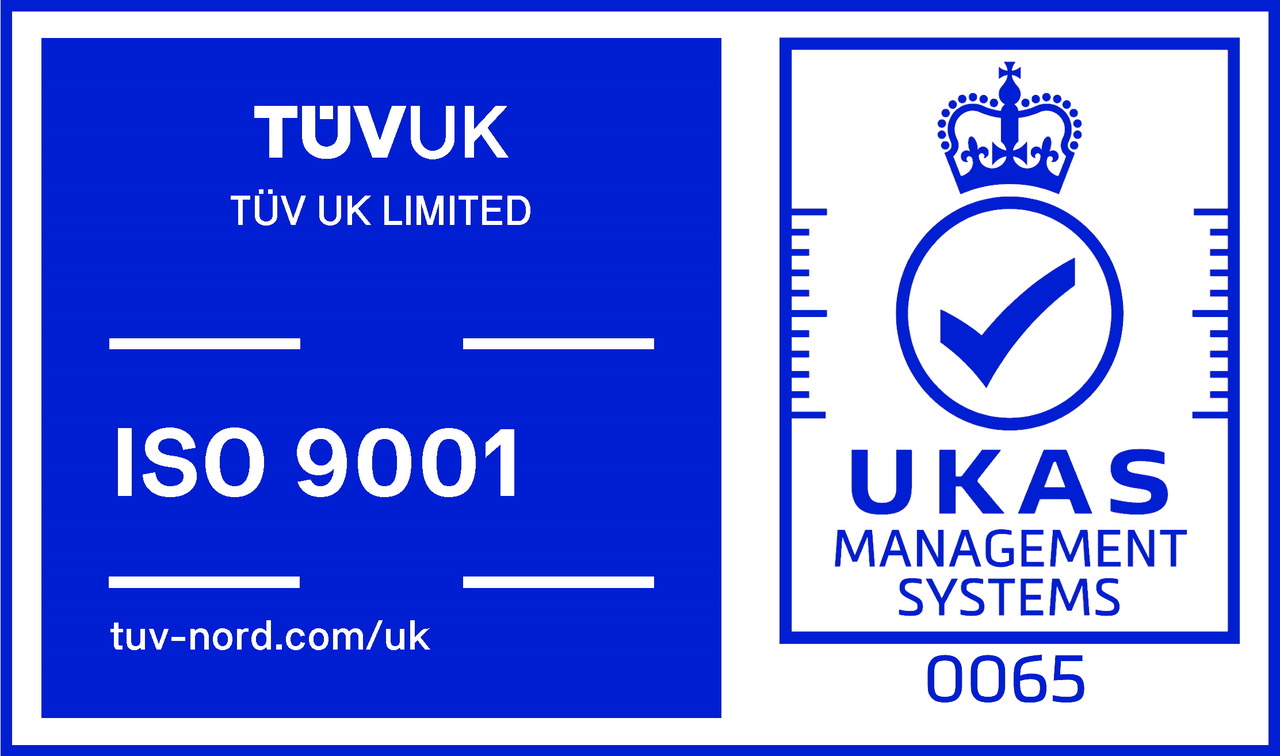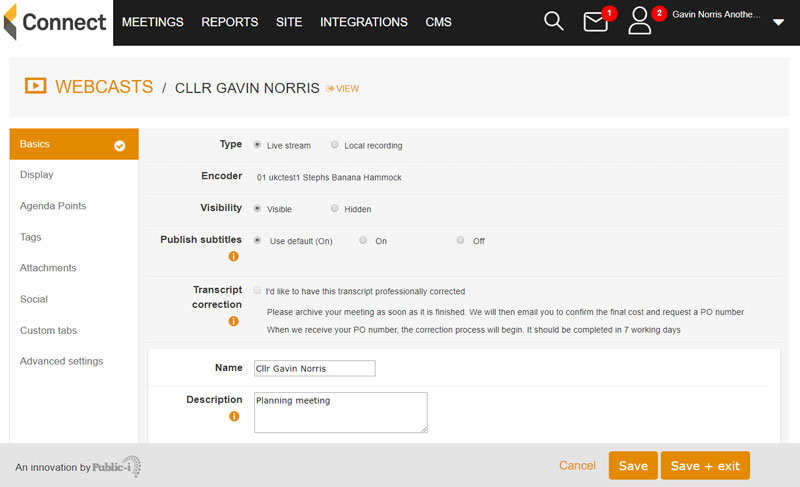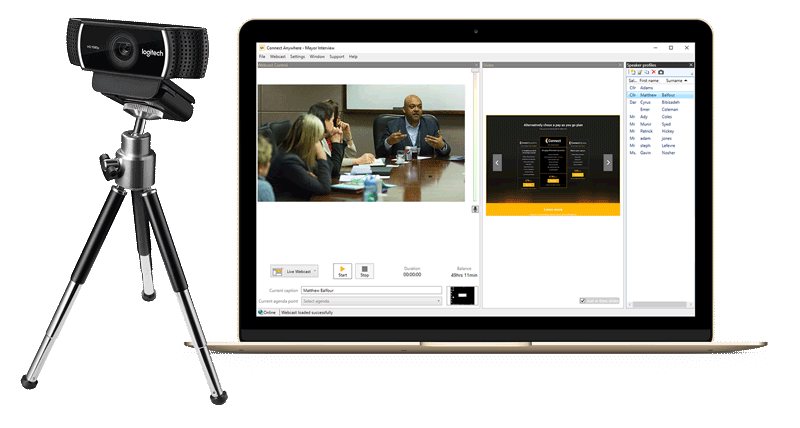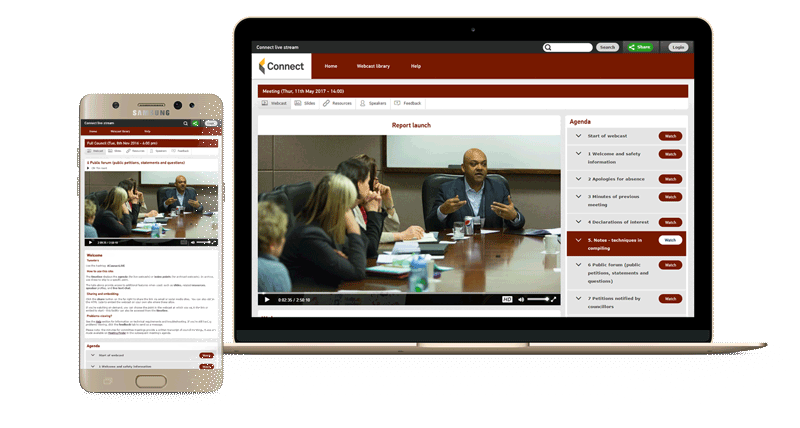In this series of blog posts, we are looking at how different aspects of AV can support digital goals. Digital strategy has been a central feature of local authority plans for a long time now. We believe that good Audio Visual should always be at the heart of this strategy. This month we’re discussing AV integration.
What is AV integration?
Modern audio-visual technology is really clever. Systems can do (almost) anything you want them to do. The problem is that it’s rare to find one manufacturer that makes all the components required in one place, and different manufacturers’ products rarely “talk” to one another.
AV integration finds a way to make these disparate components work together by using switches, matrixes, control panels and programming. It is a process which requires careful thought, design and planning.
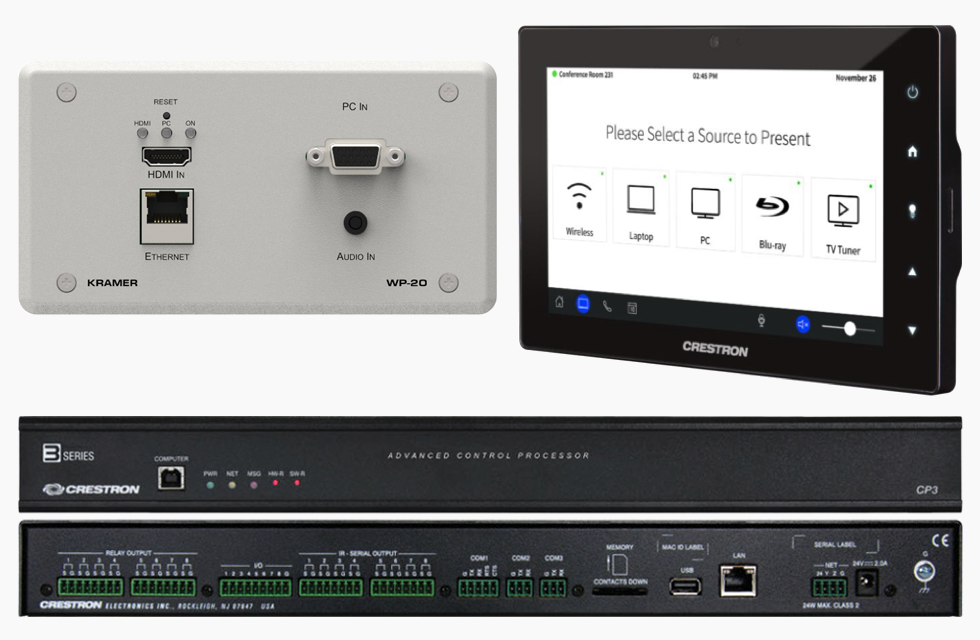
It can seem daunting, but the end result is technology that does what you want, when you want it to.
How does this work in practice?
Do you remember at school when the teacher would wheel in the big TV, then spend twenty minutes trying to make the VCR work?
Integration gets rid of that.
With an integrated system a single button can turn down the lights, close the blinds, drop the screen, turn on the projector, set the speaker volume and display the chosen input.
What does AV integration mean for councils and their digital goals?
AV can work to its full potential when integration is considered right from the start. This can help to achieve digital goals in the following ways:
Well integrated AV reduces resource
- Facilities can operate the whole AV suite from one place. AV systems can also be integrated with environmental controls such as air-conditioning and lighting.
- One well-designed and well-integrated system can do the work of several separate ones. This represents a cost saving both in terms of initial purchase and ongoing maintenance.
- Systems that have been designed with integration at their heart work better. This means less time spent troubleshooting technical issues.
A first-class AV suite can generate revenue
- Top of the range audio visual facilities are an attractive feature of events spaces for fee-paying customers.
AV integration makes more effective work spaces
- Systems can flow and work together seamlessly. For example, it is possible to integrate room booking systems with presentation facilities. Room usage can therefore be fluid and can facilitate more flexible working.
- One-touch systems are simple. The opportunities for human error are minimised which means less troubleshooting time.
- Integrated systems can cope with inputs from different sources. This helps to facilitate a bring-your-own-device culture.


